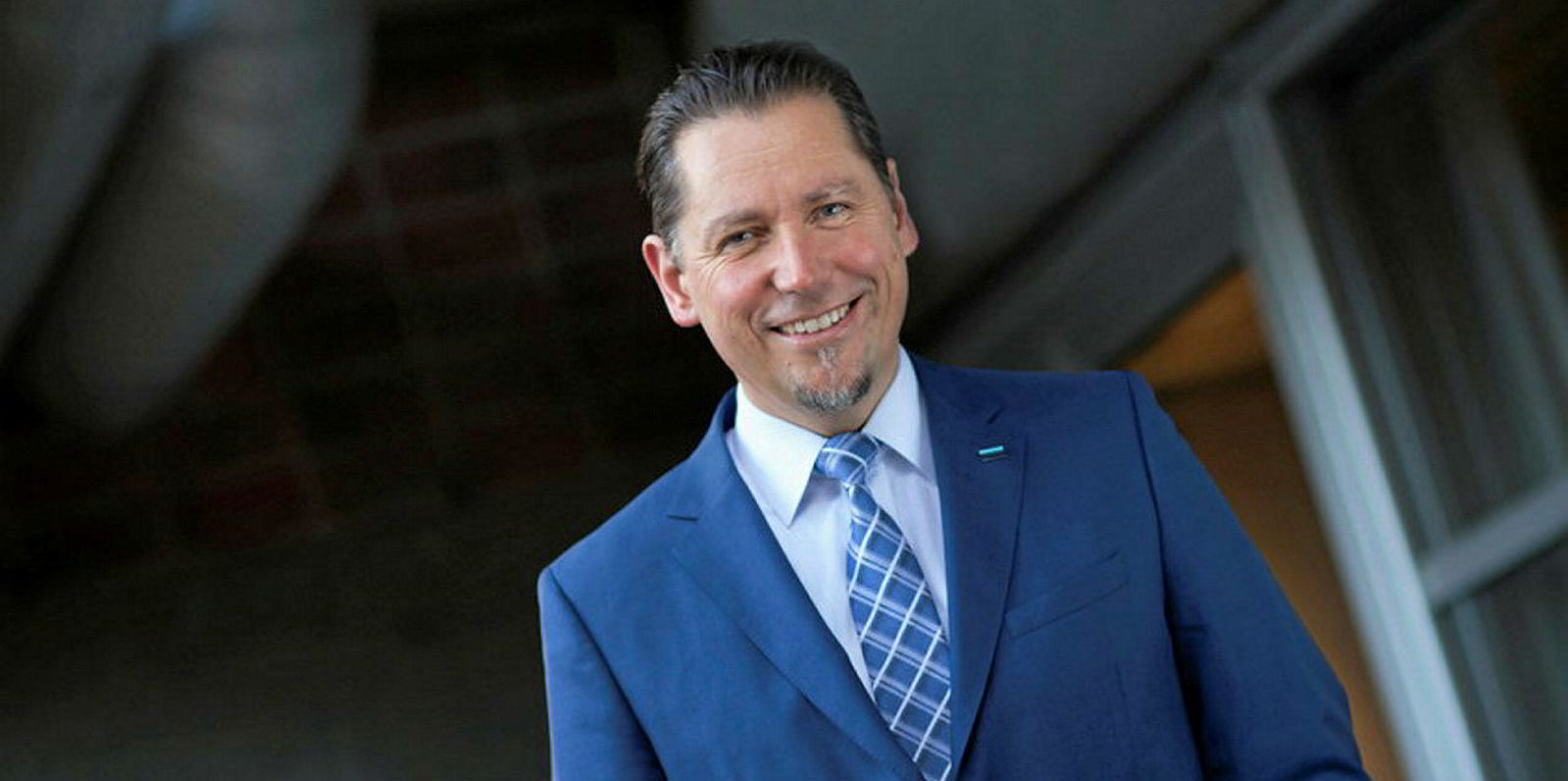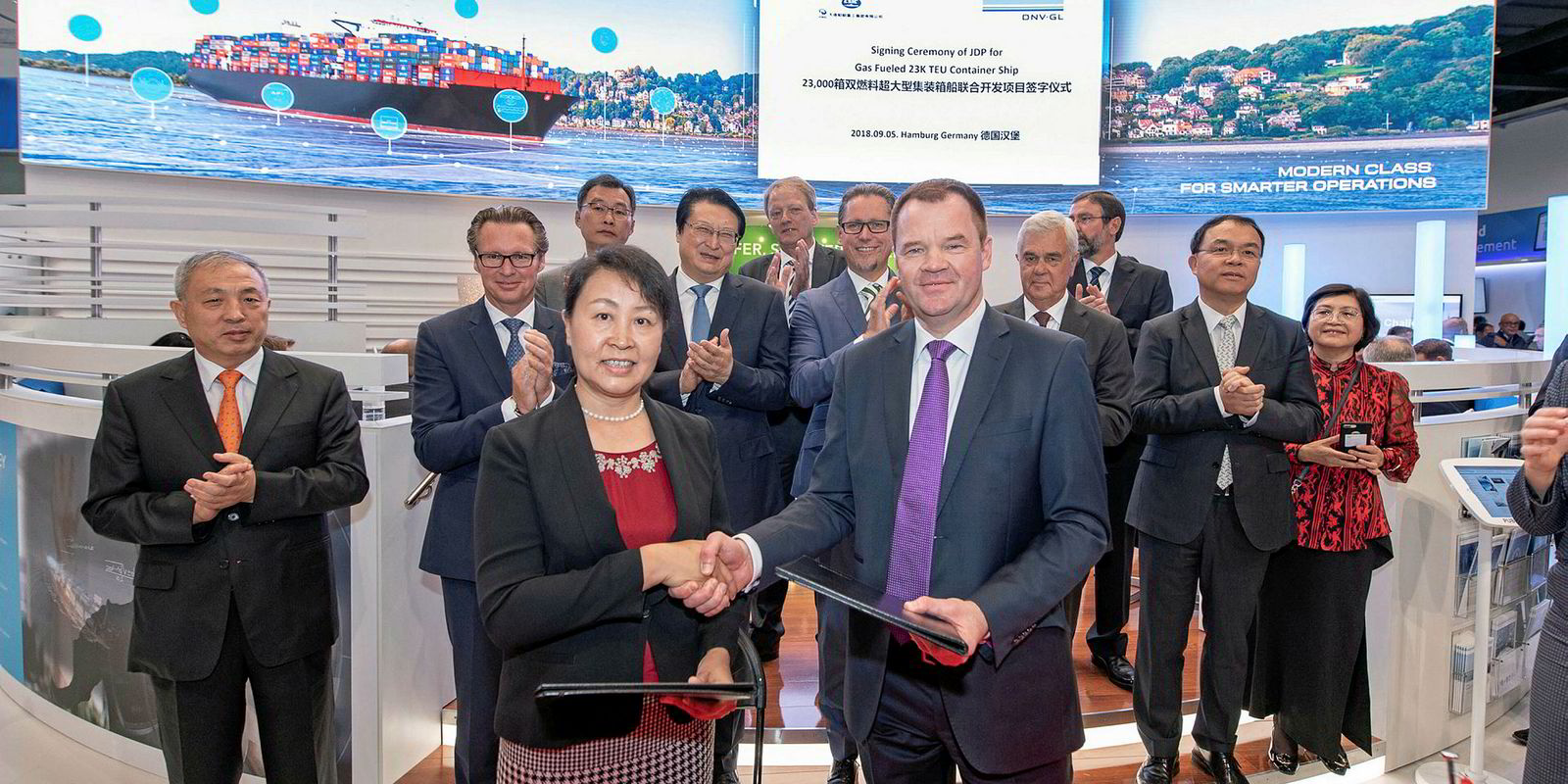Holding back climate change will demand more action than is currently being undertaken, with shipping likely to face tougher demands to cut greenhouse gas emissions in coming years, a leading industry voice has warned.
Under current projections of energy use, the world’s climate is due to rise by more than the 2 degree upper limit aim set by the landmark 2015 Paris agreement, classification society DNV GL said this week.
As a result, new measures will be needed if climate change is to be slowed or even stopped, including new clean technologies, improved efficiency of energy use, and greater use of carbon capture.
Writing in DNV GL’s 2018 Energy Transition Outlook, president and chief executive officer Remi Eriksen said: “Even with a peaking of energy demand, and fast uptake of renewables and electric vehicles, the energy transition trajectory is not fast enough for the world to meet the ambitions of the Paris Agreement.
“Even if all electricity was generated using renewable sources from this day forward, we would still exceed the 2 degree carbon budget.”
Extraordinary measures
However, Eriksen believes that the affordable nature of the energy transition means there is capital available for what he terms “extraordinary measures” to further reduce carbon emissions.
“We need to capitalise on the affordability of the energy transition and take extraordinary measures to create a sustainable future,” he said.
“We have a window of opportunity to increase energy efficiency, renewable energy and carbon capture and storage to meet the Paris Agreement, but we must act now.”
We’ll be looking not only at sea, but at land and thinking about the supply chain end-to-end
DNV GL forecasts that global spending on energy as a proportion of economic output will decline sharply towards the middle of this century due to the impact of the efficiency of rapid electrification.
Overall energy demand will start to decline from around 2035, as electricity replaces traditional carbon-fuelled power sources.
Implications for shipping will be far reaching, Eriksen told TradeWinds.
“Using carbon fuels alone there is no way shipping can get to carbon zero by 2050,” Eriksen said.
In addition to a much greater focus on operating ships efficiently, new fuels are likely to become more common, such as hydrogen and synthetics.
“And we believe there will be much more thinking about making the entire logistics chain highly efficient,” Eriksen said. “We’ll be looking not only at sea, but at land and thinking about the supply chain end-to-end.”






